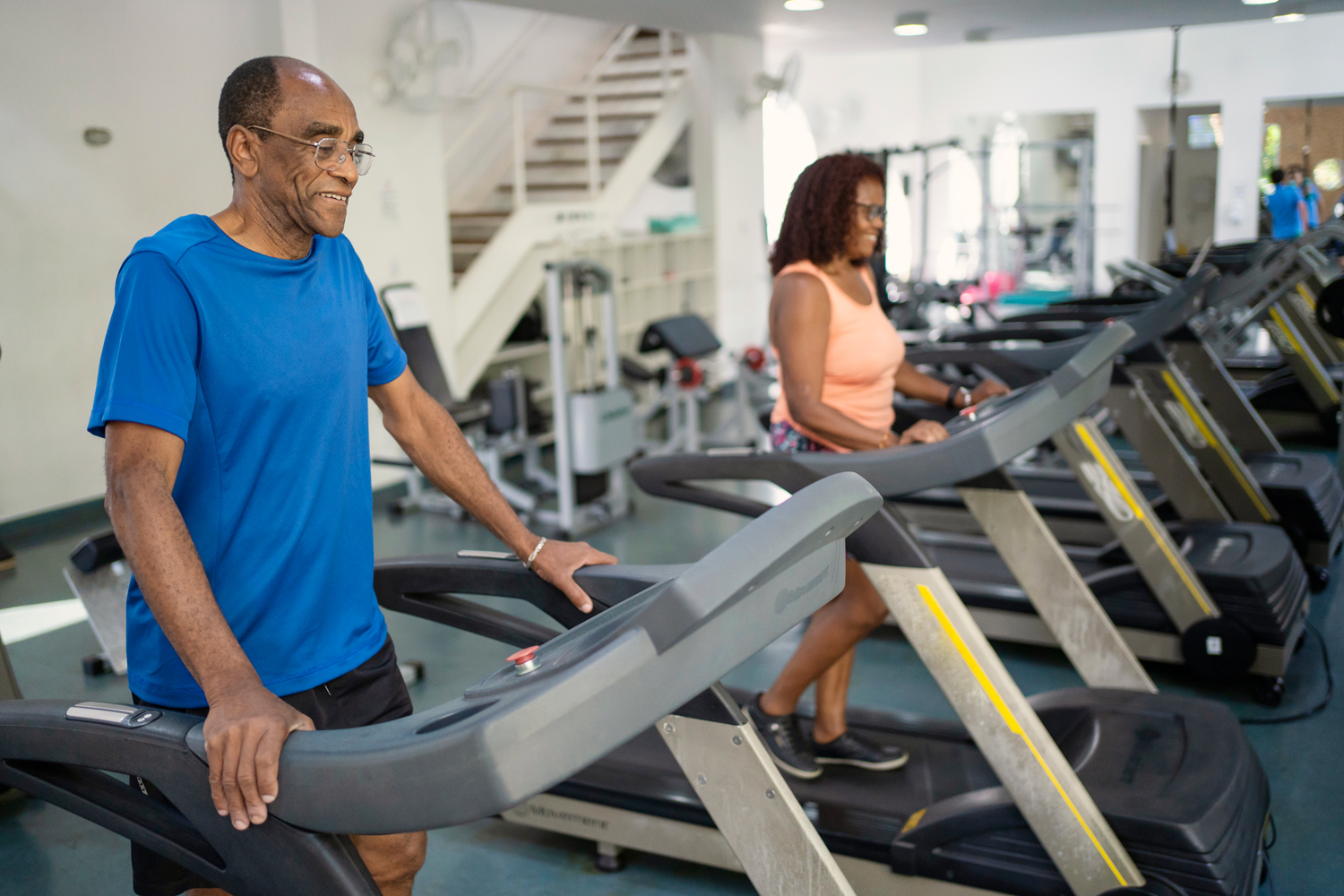Physical activity is associated with a reduced risk of getting at least eight types of cancer—bladder, breast, colon, endometrial, esophageal, kidney, lung and stomach. Now a study published June 1 in the New England Journal of Medicine links exercise to a reduced risk of recurrence in people already diagnosed and treated for colon cancer.
From 2009 through 2024, the study recruited 889 people, mostly in Canada and Australia, who had been diagnosed with stage III or high-risk stage II adenocarcinoma of the colon, the most common type of colorectal cancer. After receiving standard treatment, which included cancer surgery for tumor removal followed by three to six months of chemotherapy, 445 of the patients participated in a three-year structured exercise program while the other half (444 patients) were given educational materials that promoted healthy nutrition and physical activity in people treated for cancer. All study participants received routine follow-up care and surveillance.
“Participants in the exercise group had to be inactive or insufficiently active since completing their chemotherapy treatments,” says Kerry Courneya, a kinesiologist at the University of Alberta in Edmonton, the study’s lead researcher. The goal was to increase aerobic exercise to 2.5 hours per week of moderate-intensity activities like brisk walking, cycling, swimming and playing pickleball or tennis, in accordance with current exercise guidelines for people with cancer. Those in the exercise plan could choose the type of aerobic activity, duration and frequency as long as each week they got the equivalent of 150 minutes of activity at moderate intensity or greater. Participants mostly exercised on their own but met individually with exercise specialists for supervised exercise sessions, counseling and accountability. These sessions were required twice each month for the first year, then monthly during years 2 and 3, with extra support available if needed.
In addition to its physical effects, research has also linked exercise with easing depression in people who have been treated for cancer.
After five years, 80% of participants in the structured exercise group remained disease-free compared with 74% of those in the health education group. The trend continued with time. After a median follow-up of 7.9 years, cancer recurred in 131 patients in the health education group compared with 93 patients in the structured exercise program. After eight years, overall survival was 90% in the structured exercise program and 83% in the health education materials group. All told, being assigned to the exercise group resulted in a 37% lower risk of dying during the study’s eight-year period.
“We already know that exercise is incredibly beneficial, and this study adds to that knowledge base and provides hope that if you’re diagnosed with colon cancer, there are aspects of your life you can control, such as engaging in regular exercise,” says Christina Dieli-Conwright, a medical oncologist at Dana-Farber Cancer Institute in Boston who was not involved with the study. And because the study featured participants who were inactive to begin with, it also emphasizes that it’s never too late to start exercising, she says. To get started or keep up with exercise, Dieli-Conwright says, “find something that motivates you and provides accountability, whether it’s getting an exercise buddy, going to group exercise classes or getting a dog to take on daily walks. Exercise consistency is critical.”
And be sure to pick up the pace. “Although strength training and other forms of exercise can be beneficial, the focus of our study was moderately intense aerobic exercise,” Courneya says. What counts as moderate intensity? “We told participants in the exercise program, ‘If somebody saw you walking, they would think you’re late for an appointment.’”
Cancer Today magazine is free to cancer patients, survivors and caregivers who live in the U.S. Subscribe here to receive four issues per year.





